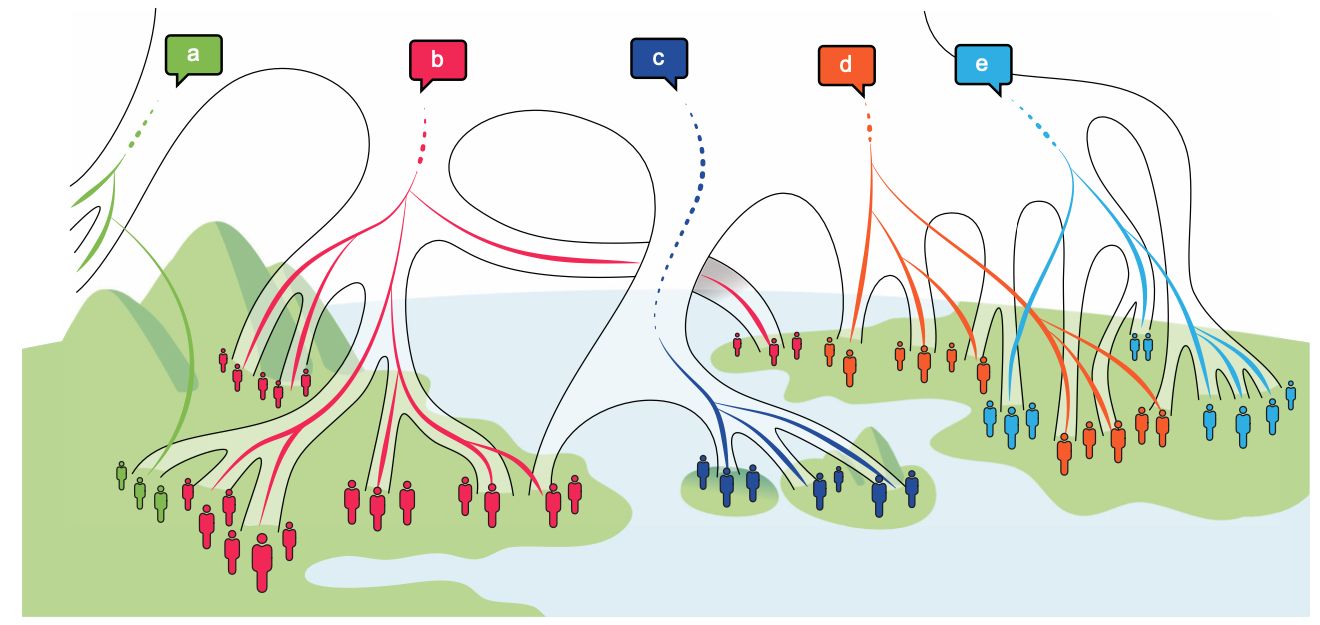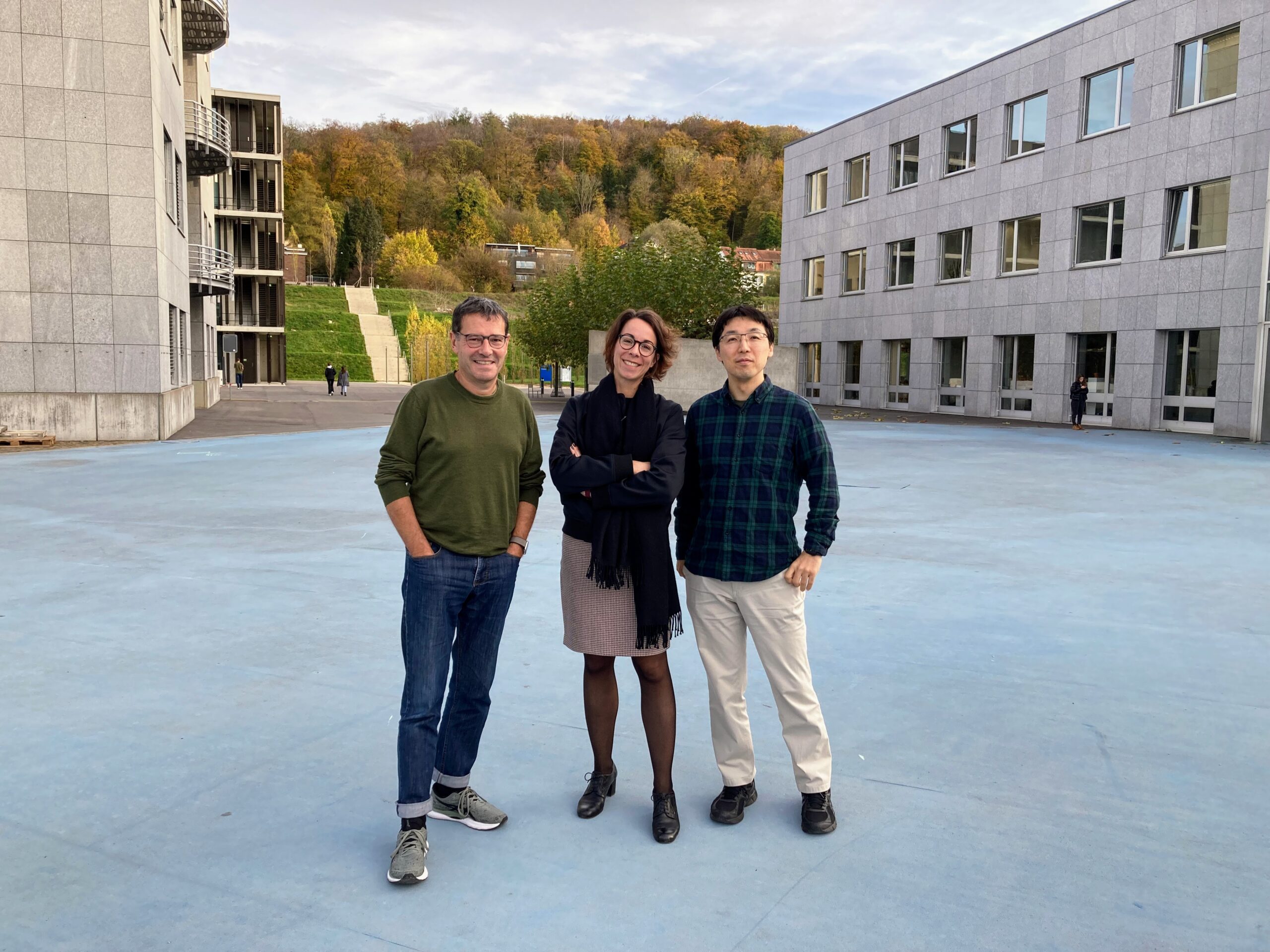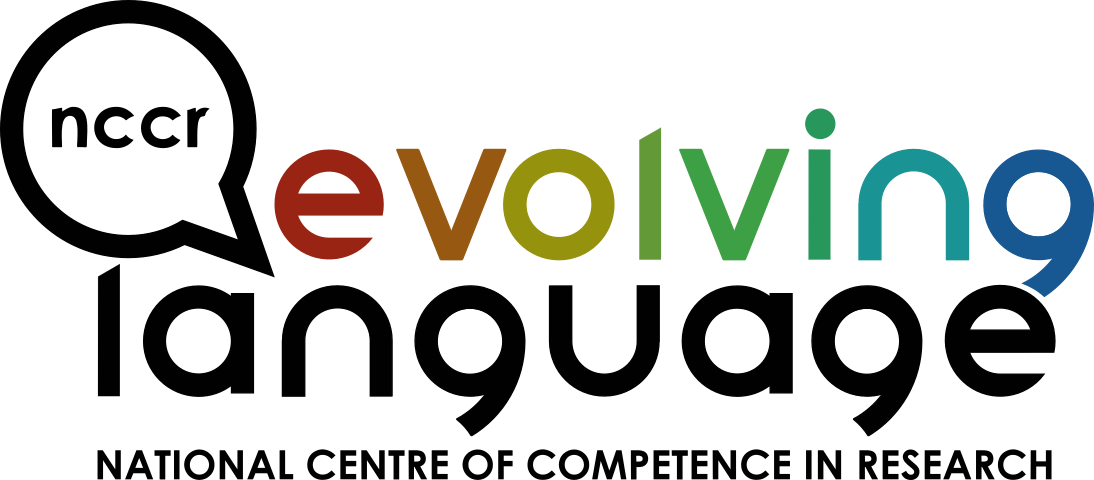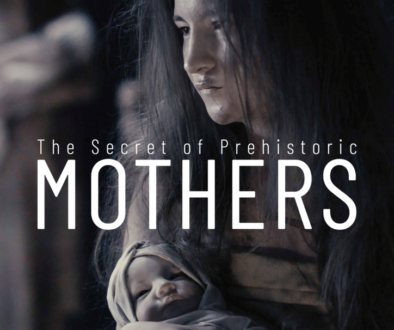Genes and Languages not Always Together
Does the history of our languages match the history of our genes? A team of scientists at the University of Zurich and the Max-Planck-Institute of Evolutionary Anthropology have revealed a large number of matches – but also widespread mismatches in around 20 percent of cases, including in Malta, Hungary and Namibia. Such observations help us understand what drove the diversity of languages in the past, when we have no written records. The drivers of diversity are a key puzzle in the big question why humans have such a unique communication system.

More than 7,000 languages are spoken in the world. This linguistic diversity is passed on from one generation to the next, similarly to biological traits. But have language and genes evolved in parallel over the past few thousand years, as Charles Darwin originally thought? An interdisciplinary team at the University of Zurich together with the Max Planck Institute for Evolutionary Anthropology in Leipzig (Germany) has now examined this question at a global level. The researchers put together a global database linking linguistic and genetic data entitled GeLaTo (Genes and Languages Together), which contains genetic information from some 4,000 individuals speaking 295 languages and representing 397 genetic populations.
One in five gene-language links point to language shifts
In their study, the researchers examined the extent to which the linguistic and genetic histories of populations coincided. People who speak related languages tend to also be genetically related, but this isn’t always the case. “We focused on cases where the biological and linguistic patterns differed and investigated how often and where these mismatches occur,” says Chiara Barbieri, UZH geneticist who led the study and initiated it together with colleagues when she was a postdoc at the Max-Planck-Institute.
The researchers found that about every fifth gene-language relation is a mismatch, and they occur worldwide. These mismatches can provide insights into the history of human evolution. “Once we know where such language shifts happened, we can better reconstruct how languages and populations spread across the world,” says Balthasar Bickel, director of the National Center of Competence in Research (NCCR) Evolving Language, who co-supervised the study.
Switching to the local lingo
Most mismatches result from populations shifting to the language of a neighboring population that is genetically different. Some peoples on the tropical eastern slopes of the Andes speak a Quechua idiom that is typically spoken by groups with a different genetic profile who live at higher altitudes. The Damara people in Namibia, who are genetically related to the Bantu, communicate using a Khoe language that is spoken by genetically distant groups in the same area. And some hunter-gatherers who live in Central Africa speak predominantly Bantu languages without a strong genetic relatedness to the neighboring Bantu populations.
In addition, there are cases where migrants have picked up the local language of their new homes. The Jewish population in Georgia, for example, adopted a South Caucasian language, while the Cochin Jews in India speak a Dravidian language. The case of Malta reflects its history as an island between two continents: while the Maltese are closely related to the people of Sicily, they speak an Afroasiatic language that is influenced by various Turkish and Indo-European languages.
Preserving their linguistic identity
“It appears that giving up your language isn’t that difficult, also for practical reasons,” says the last author Kentaro Shimizu, director of the URPP Evolution in Action: From Genomes to Ecosystems. However, it’s more rare for people to preserve their original linguistic identity despite genetic assimilation with their neighbors. “Hungarian people, for example, are genetically similar to their neighbors, but their language is related to languages spoken in Siberia.”
This makes Hungarian speakers stand out from among the rest of Europe and parts of Asia, where most people speak Indo-European languages, such as French, German, Hindi, Farsi, Greek and many others. Indo-European has not only been extensively studied, but also scores particularly high in terms of genetic and linguistic congruence. “This might have given the impression that gene-language matches are the norm, but our study shows that this isn’t the case,” concludes Chiara Barbieri, who adds that it is important to include genetic and linguistic data from populations all over the world to understand language evolution.
Literature
Chiara Barbieri et al. A global analysis of matches and mismatches between human genetic and linguistic histories. PNAS, 21. November, 2022. DOI: 10.1073/pnas.2122084119
Media contact

Dr. Chiara Barbieri
Institut für Evolutionsbiologie und Umweltwissenschaften
Universität Zürich
Tel. +41 44 635 4950, E-Mail
Prof. Kentaro Shimizu
Institut für Evolutionsbiologie und Umweltwissenschaften
Universität Zürich
Tel: +41 44 635 67 40, E-Mail
Prof. Balthasar Bickel
Director NCCR Evolving Language
Universität Zürich
Tel. +41 77 445 67 75, E-Mail



